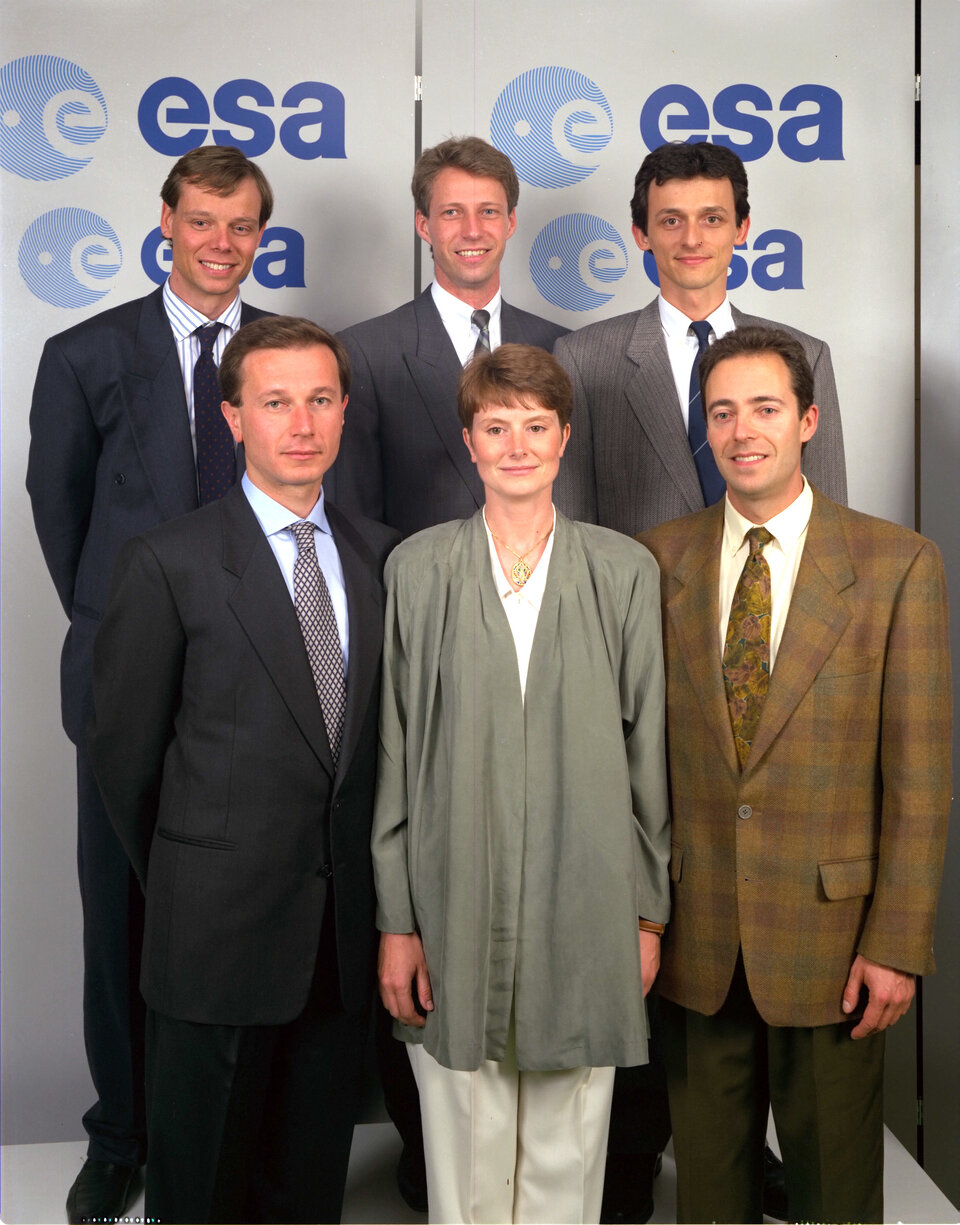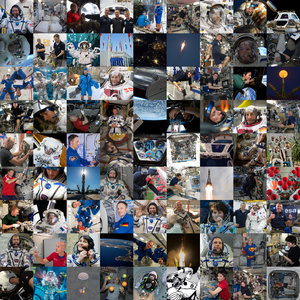Path to the stars – what does it take to be an astronaut?
Flying academics with a strong will and good social skills describes ESA’s astronauts in a few words. Members of the European Astronaut Corps are chosen from thousands of applicants to represent Europe in space.
Those chosen to be ESA astronauts have really distinguished themselves. Last time vacancies were announced 22 000 hopeful European men and women applied. However selection is fierce, as there are only about 10 ESA astronauts. One of them is Swedish physicist Christer Fuglesang.
Kerstin Fredga, professor in space physics and previously Director General of The Swedish National Space Board, remembers the Swedish application process: “We advertised and chose five candidates one of whom was Christer; of the five, ESA chose Christer. We made the first selection since it was easier for us to assess Swedish qualifications and judge which applications were serious”.
Who can become an astronaut?
ESA's astronauts can roughly be divided into two categories: those with a flight background and those with a research background. About half were previously pilots and the other half come from an academic background, usually in physics but also in medicine.
“Christer Fuglesang did his PhD thesis on experimental particle physics at Stockholm University and has been an Associate Professor since 1991,” explains Kerstin Fredga. “It is important to have astronauts with a scientific background as a scientific attitude is valuable, for example, when it comes to developing, interpreting and repairing experiments aboard the Space Station.”

Physical requirements are also important for those wanting to be an astronaut. Height must be between 1.90 and 1.53 m in order for astronauts to fit within the limited dimensions of a space capsule and for the suits to fit. Astronauts must also be very healthy and in good physical condition. Good mental health is also a requirement: astronauts need good powers of concentration, strong motivation, flexibility, ability to be a team player, a low level of aggressiveness and emotional stability.
“Mental stability is especially important; it is more difficult to measure than the physical requirements but it shows up in the interviews,” comments Kerstin Fredga.
Once a candidate has been accepted into the European Astronaut Corps training for a space mission begins. But, there can be a long wait for the first trip into space – Christer Fuglesang has waited 14 years for his mission.
Astronauts train both their physical and mental abilities. They learn new skills and continue to study their own chosen discipline, for example by continuing their research. They also act as ‘space ambassadors’ and travel to different parts of the world to give lectures and answer questions about space.
“Christer Fuglesang has been a fantastic ambassador for space enterprises and Sweden. He is always professional and friendly,” says Kerstin Fredga.
A date has not yet been set for the next round of applications to ESA’s Astronaut Corps but those interested, both men and women, should keep their eyes and ears open as ESA will eventually recruit more astronauts. While waiting, the best thing to do is to obtain the right qualifications and hope to stand out against the stiff competition.






